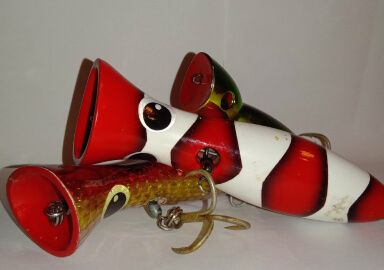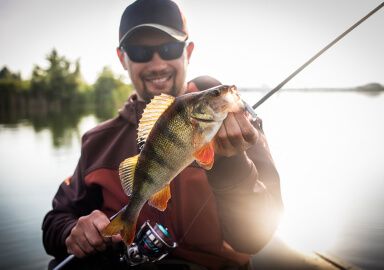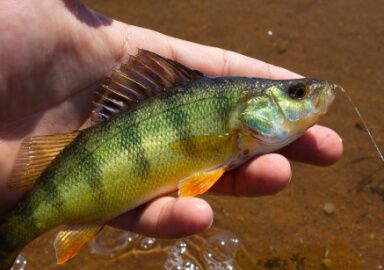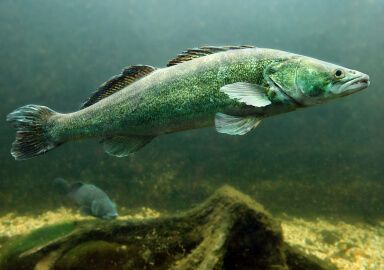White Perch
White perch are a popular, and often abundant, smallish fish of the coastal and freshwater areas of eastern USA.
View 5 listings
5
listings
–
price starting from
1
countries
–
to the nearest trip
Where and When?
The natural distribution of white perch is the eastern flowing rivers of North America from Nova Scotia to Chesapeake Bay. They appear to have used the Erie canal to enter the Great Lakes and are now common and widespread in all as well as rivers that drain into them. The white perch has been introduced to many water bodies in the eastern USA where they usually thrive and become very abundant. In the ocean they are a species of the shallow coastal waters, bays and also estuaries. In landlocked areas they live in the deeper areas during the winter and move to shallower areas as the water warms. This is mostly an open water species, and can form large loose or dense shoals of fish of varying sizes. The preferred depth of the white perch in warm conditions is in the range of 5 to 10 m (16 – 33 feet). They will, however, move around and occasionally approach the shores. They probably feed anytime but fishing is easiest in daylight. White perch are not easy to locate or catch in winter but, as temperatures rise, they enter the shallows in April and May and catch rates increase.
About White Perch
White perch, Morone americana, are a “perch shaped,” silvery-white or greenish-grey fish with a large mouth at the front with a slightly projecting lower jaw. They are not a true perch, but a member of the Moronidae family of temperate perch. As they grow, they can develop a dark mark below the dorsal fin leading to their being called “black backs”. They are similar to white bass, but have 9-10 rays on the anal fin while the bass has more than 10. They reach 49.5 cm (19.5 in.) and 2.2 kg (4.9 lbs.) but are much more commonly caught around 20-25 cm (8-10 in.).
The white perch feed extensively on fish eggs, when they are available, plus small fish, shrimps and worms. Sexes are similar and several males will “attend” one female with the eggs being fertilised after settling on the ground. A single female can produce 150 000 eggs and the species is thought to out-compete and out-feed some indigenous species in areas into which it has been introduced. White perch are a freshwater, estuarine or brackish water species and migrate in spring into fresher and shallower water to spawn.
How to Catch?
While white perch are an important game and food fish, most fish caught are not large and light spinning tackle is best. Bank or boat work but a smallish boat often makes fishing much easier and productive. This species is a “bottom loving” one and a small boat or kayak can take the angler directly above a shoal of perch and he/she can stay with this shoal and often catch many fish. In terms of method and bait, vertical fishing or trolling can work but the simplest is to drop a rig, with several small natural baits or plastics, into the shoal and gently lift it up and down. Some states require that all white perch caught are killed, while a licence to catch them is necessary in some places. Despite their small size, white perch are very popular for encouraging young anglers and also for feeding your family. No great skill or expensive equipment is necessary to have an excellent day’s angling fun with the family and end up with a delicious meal of white perch.











